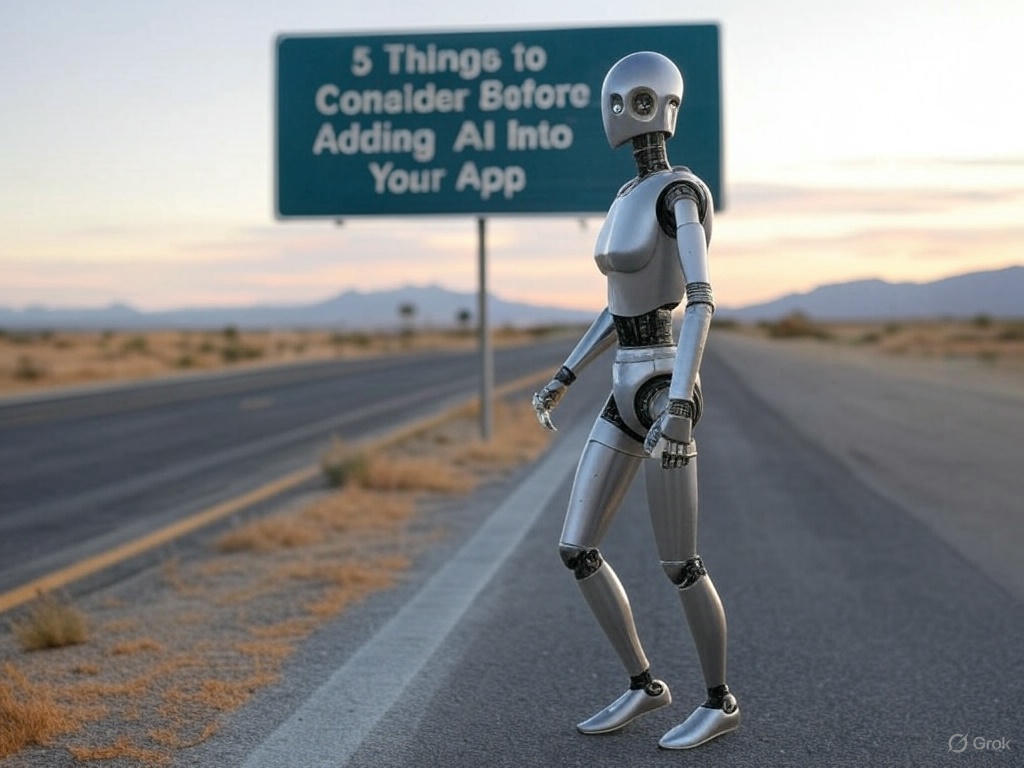Thursday, June 17, 2021
-
3
min
Weighing up Progressive Web Apps (PWAs) vs React Native?
When you’re commissioning an app, there’s a couple of routes open to you.
One is a native mobile app, which puts your product into an app store for users to download directly to their devices.
The other is a Progressive Web App. This is a website that carries some offline functionality. Think Google Sheets — everything’s stored on the web rather than on your device, but you can use it offline and sync up when you’re connected. Users can download PWAs to their home screen just like a native app, but because they exist in a browser, they still use web technologies instead of native UI.
But not all app frameworks are made equal, so how do you know which is the right way to go?
Read: How to integrate Native Android code into a React Native project for Android
PWAs have an Achilles heel, and it’s push notifications
A few years ago, it looked like PWAs were the way forward for app development. They were relatively cheap, increasingly popular, and appeared to be a best-of-both-worlds solution.
But then Apple came along and disabled push notifications for PWAs on iOS, and they’ve been hobbled ever since. People live through notifications now. They’re a powerful tool for brands to build a responsive, entwined relationship with repeat users. Without that support, a PWA can never quite reach its full potential on iOS.
It hasn’t completely killed the PWA concept. Push notifications still work on Android operating systems, and that’s nothing to sniff at as Android has a global market share of over 70% in 2021.
Read: The AI Revolution - How Artificial Intelligence Is Reshaping the Process of App Development.

But bear in mind that push notifications work across the board with React Native mobile apps, whatever the OS. So if interacting with your users via notifications is a must for you, a PWA just might not offer the reach you need.
Read: "Building an offline-first app with Expo, Supabase and WatermelonDB."
Budget matters, but it’s not everything
There are a couple of reasons why you might still want a PWA, despite its limitations. If you’re building a temporary testing app, for example, or if there’s no need for push notifications or a high-performance Native interface. But the main reason — almost always — is to keep costs down.
Because everything a PWA does is online, they can be built on a single technology and don’t need to mesh with Android and iOS. And nine times out of ten, that makes them inherently cheaper to build.
But just because a PWA is cheaper than a Native app, that doesn’t mean it’s an easy way to save some money. For starters, people instinctively look on app stores for new apps, so they might not even know your PWA is out there. And if you want to move to a mobile app later, it’s harder to rewrite a PWA into React Native than it is to go the other direction.
Investing in a Native build also means you’re investing a little in your user experience. The animations and gestures that are part of iOS and Android all work at a Native level, so you can get more polished and responsive navigation.
You need to think about your long-term needs, not just what your budget is right now. When we started our partnership with charity shop marketplace Reluv, we wrote their app code in React Native first and used that to build their PWA. It might look like a roundabout way of doing things. But it’ll make it easier and much more cost effective to build an iOS and Android version later down the line.
Read: The best mobile apps for techie parents.
Sometimes, Native just looks the part
The hard truth about PWAs is that sometimes, even at their best, they don’t look as good as a Native mobile app.
PWAs have picked up a bit of a reputation for looking tacky, with “Add to home screen” prompts that jump out at users and trip up the experience. And without the safeguard that app store reviews provide, it’s hard for users to trust what they’re downloading, especially with younger brands. At worst, they might even think it’s a security risk.
And then of course, there’s that prestige that comes with getting your app into the Google or Apple store. It’s not that app stores won’t let shoddy apps through the gates — we’ve all seen plenty of them before. But when they’re available from a recognisable source, that gives them a certain sheen that PWAs just don’t have.
That’s not to say that a Native app will always trump a PWA, either. It’s horses for courses. You’re looking for the right way forward for what your app needs to do, rather than one framework that’s objectively the best.
Read: "App Development in 2024: Exciting Updates, Trends and What to Expect This Year."
To learn more about the different development options and how Morrow can help you find the platform you need, don’t hesitate to get in touch.













